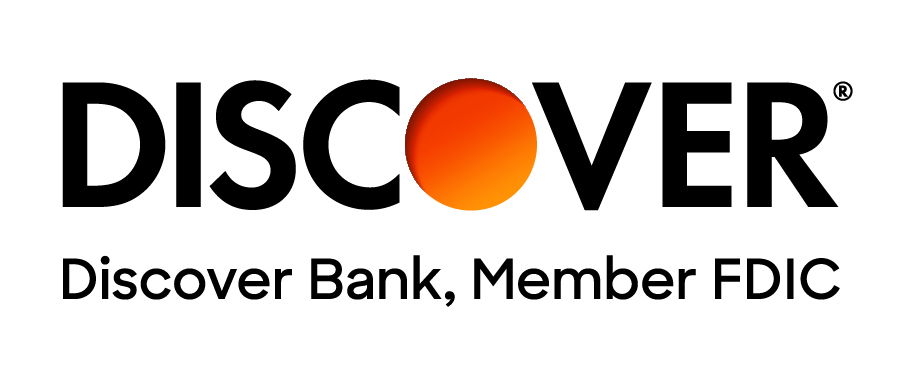Crafting a memorable resume involves paying close attention to a few critical details, whether you’re a recent high school graduate or a seasoned professional. Even if you don’t have work experience, you can create a strong resume by focusing on clear, organized formatting, like using bullet points, and including keywords that align with what employers are looking for. A well-designed resume complements your cover letter by emphasizing key highlights, ensuring it captures attention and leaves a lasting impression.
What Hiring Managers Like to See in Resumes
In the hiring process, resumes are typically reviewed by either a hiring manager or an applicant tracking system (ATS) depending on the company size. Smaller employers usually rely on human review, whereas larger employers utilize ATS. It is important to include keywords relevant to the job description, regardless of whether the vetting is done by a person or automated system.
Applicable Keywords
Review the job description to ensure you understand the position summary, qualifications, essential functions, and the like. They are gold mines for the keywords you put on resumes.
For example, a fast food cashier job description might say that workers in the position provide friendly customer service and possess a can-do work ethic. Instead of putting, “Interacted with the public and answered questions,” as one of your bullet point descriptions for a volunteer job, you could type something along the lines of, “Provided friendly customer service and answered questions about dogs for adoption.” Applicant tracking systems typically use exact keywords from job descriptions.
Consistency With the Cover Letter
Many job applications require both a cover letter and a resume. They should be consistent with each other. Your resume gets noticed for the wrong reasons if your cover letter says you attended XYZ University and graduated but your resume says the degree is still in progress. Similarly, if you name yourself as, “Kate,” in your cover letter but, “Katherine,” on your resume, that is inconsistent.
It’s easy for inconsistencies to occur, especially if you work from a standard resume that you tweak to match various jobs. Keep it up to date as you progress with school and work.
Bullet Points
Hiring managers love bullet points. They’re busy folks with little time to wade through applications and resumes, so the best thing you can do is keep your resume visually engaging, on task, and straight to the point.
Bullet points in sections such as skills, work experience, and education play a large role in saving hiring managers time. Do follow a few rules of thumb with bullet points.
- Choose sentence fragments rather than whole sentences for the work experience section and start them with action verbs.
- Remain consistent with the bullet point type. Don’t use complete, filled-in circles in the work experience section and diamond-shaped bullet points in the skills section.
- Avoid putting periods at the end of any of your bullet points, both for consistency’s sake and because none of them should be full sentences.
Bullet points are better than paragraphs but use them wisely.
Standard Fonts
When selecting fonts for your resume, it is recommended to choose standard or professional options like Arial, Georgia, Helvetica, Tahoma, Times New Roman, Trebuchet MS, or Verdana. These fonts are considered appropriate for a professional setting. On the other hand, fonts like Comic Sans, Papyrus, and Wingdings should be avoided as they tend to give off a casual and informal impression. The use of Comic Sans, for example, may suggest that you are either unaware of professional norms or do not prioritize them.
In terms of font size, it is important to pay attention to the hierarchy. Your name should be the largest, between 18 to 24 points, followed by section headings at 12 to 16 points. The text in the body of your resume should be 10 to 12 points in size. By following these guidelines, you can ensure that your resume looks polished and professional.
Work Experience
If you are fresh out of high school, you may have little to no work experience. That is fine for some jobs, but a little experience goes a long way for other jobs. You have flexibility in the work experience section with internships, volunteer positions, and summer jobs you had for a few weeks.
What Hiring Managers Do Not Like to See in Resumes
Some job seekers get their resumes noticed all right but for the wrong reasons. Here are top gaffes that applicants commit.
Too Much Contact Information
If you’re a new job seeker wanting to eat up space on the resume page, you could theoretically list your mailing address, email address, multiple phone numbers, professional website, LinkedIn profile, and links to your social media profiles, personal website, and work portfolio at the top of the resume.
It’s pretty obvious what you are doing when your contact section is half of your resume, though. You certainly don’t need to list more than one phone number. Your address could turn off employers if you are not local, too.
Only list social media profile information if you have reason to, such as relevancy to the job. For instance, the job description might want applicants who have a minimum X number of followers on Instagram, TikTok, or Twitter. Social media is a huge part of some jobs or the work culture, so it might be relevant to include social media in these resumes.
- LinkedIn may not be necessary to include depending on how complete your LinkedIn page is and the type of job you are applying for.
- Facebook, Snapchat, and Reddit are platforms to never include as a rule of thumb.
- Twitter, TikTok, GitHub, Instagram, and YouTube could be OK depending on the prominence of your channel, how it shows your expertise and its relevance to the job or industry.
- If you have three profiles or more, put all your social media information in its own section titled, "Social Media." Arrange it near the end of the resume. If you have one or two profiles, tuck them into the contact section. Double-check that the links work correctly. An incorrect or nonfunctioning link is embarrassing and could cost you the position.
Spelling Errors and Grammatical Mistakes
Have at least one person knowledgeable in English proofread your resume for errors. Choose selectively. Your former English teacher is a better pick than your best friend.
Do not rely solely on spell and grammar check tools to flag errors. They are a decent start but can introduce errors while allowing existing mistakes to remain unflagged.
Unnecessary Sections
Get rid of "References available upon request," and the "Resume Objective" section.
Employers do not expect teens and young adults just out of high school or college to have slick, polished resumes. Straightforward works great, especially with bullet points for visual organization and the use of keywords from the job description.








